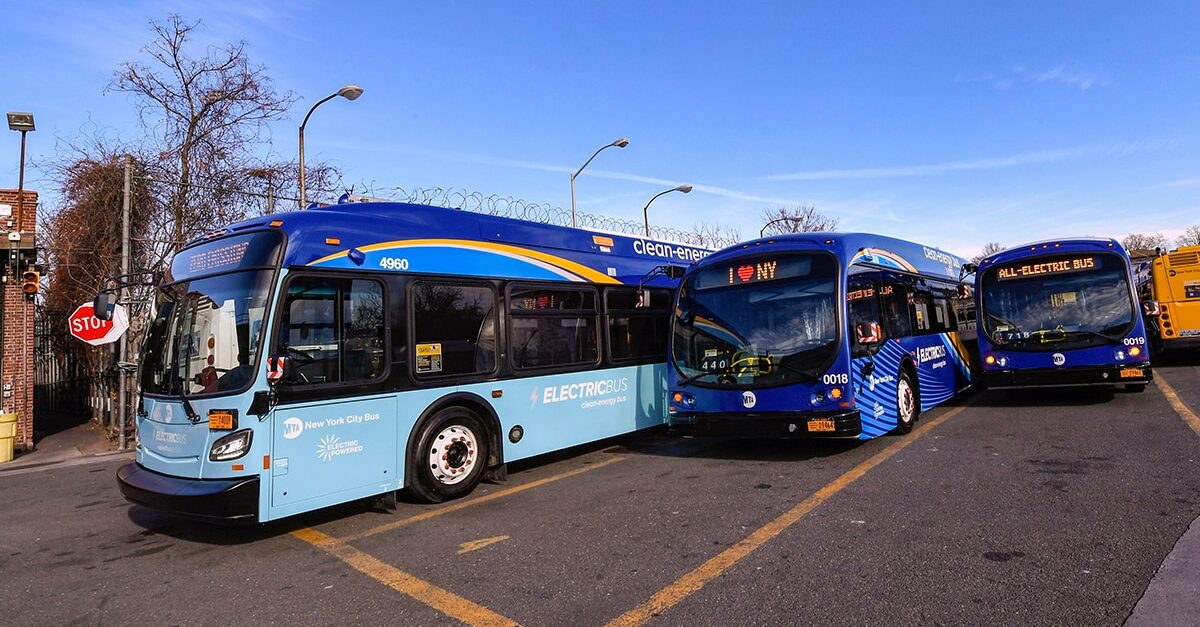Trump’s Trade War
Peace For Taiwan Is Possible
The Last Age of War, The First Age of Peace: Lord Kalki, Prophecies, and the Path to Global Redemption
AOC 2028: : The Future of American Progressivism
Trump’s Trade War
Peace For Taiwan Is Possible
The Last Age of War, The First Age of Peace: Lord Kalki, Prophecies, and the Path to Global Redemption
AOC 2028: : The Future of American Progressivism
The smartest & most influential people in the world interact on 𝕏! https://t.co/Z0J7W99zLI
— gorklon rust (@elonmusk) May 13, 2025
Anyone denying the Chinese are ahead on cars has not been to China in the last 5 years.
— Ryan Petersen (@typesfast) May 13, 2025
Free trade on EVs!
— Paramendra Kumar Bhagat (@paramendra) May 13, 2025
Trump’s Trade War
Peace For Taiwan Is Possible
The Last Age of War, The First Age of Peace: Lord Kalki, Prophecies, and the Path to Global Redemption
AOC 2028: : The Future of American Progressivism
Quote of the day: ‘War is not romantic. It is not your Bollywood movie. It is very serious business. Although war will be forced upon us by unwise people, we should not cheer for it,’ former army chief Gen Manoj Naravane. (To add: don’t reduce war to a tv studio game as anchors…
— Rajdeep Sardesai (@sardesairajdeep) May 13, 2025
Zoom meetings are just modern day seances.
— Douglas A. Boneparth (@dougboneparth) May 13, 2025
“There is someone who wants to join us.”
“Lawrence, are you there?”
“We can’t hear you.”
“Can you hear us?”
Congrats.
— Paramendra Kumar Bhagat (@paramendra) May 13, 2025
Beyond Motion: How Robots Will Redefine The Art Of Movement
ChatGPT For Business: A Workbook
Becoming an AI-First Organization
Quantum Computing: Applications And Implications
Challenges In AI Safety
AI-Era Social Network: Reimagined for Truth, Trust & Transformation
It was an honor to talk to President Trump and HRH Crown Prince Mohammed bin Salman in the Royal Court today as part of this historic trip.
— Sriram Krishnan (@skrishnan47) May 13, 2025
We got to talk about all the ways our countries could work together on AI and spread American AI, something @davidsacks47 talked about… pic.twitter.com/ktcFJrd3gf
Marc Andreessen: 281+ investments, 21 unicorns (7%)
— Noah Kagan (@noahkagan) May 12, 2025
Chris Sacca: 80+ investments, 6 unicorns (7.5%)
Peter Thiel: 112+ investments, 10 unicorns (9%)
Over 90% of their bets don’t hit big.
Meanwhile, you try 1 startup and quit forever…
Major breakthrough by @BoringCompany! https://t.co/pErVTCDLLV
— gorklon rust (@elonmusk) May 13, 2025
Impressive.
— Paramendra Kumar Bhagat (@paramendra) May 13, 2025
Beyond Motion: How Robots Will Redefine The Art Of Movement
ChatGPT For Business: A Workbook
Becoming an AI-First Organization
Quantum Computing: Applications And Implications
Challenges In AI Safety
AI-Era Social Network: Reimagined for Truth, Trust & Transformation



